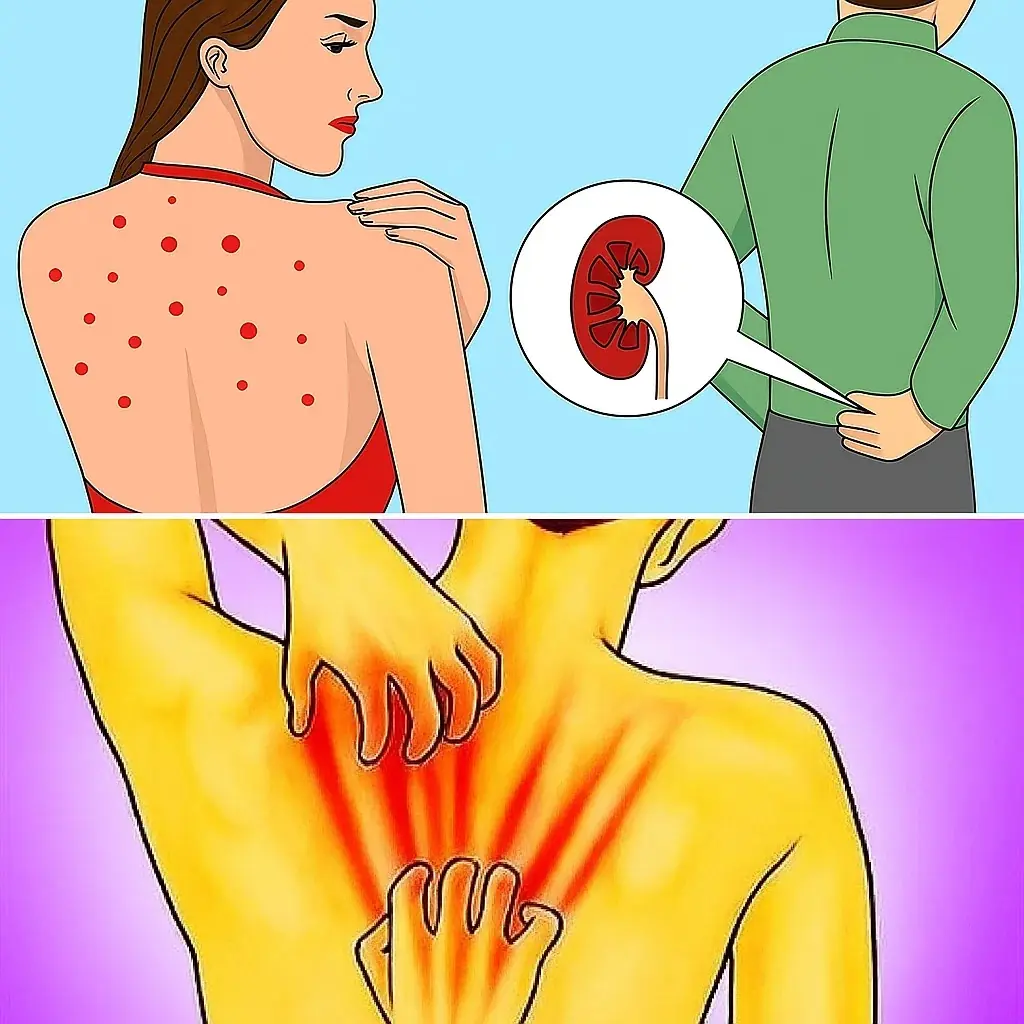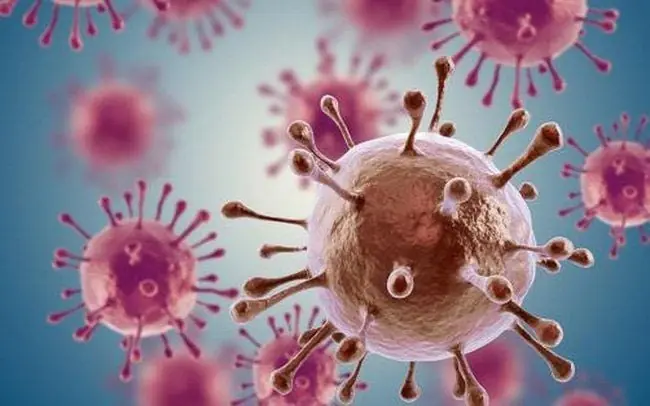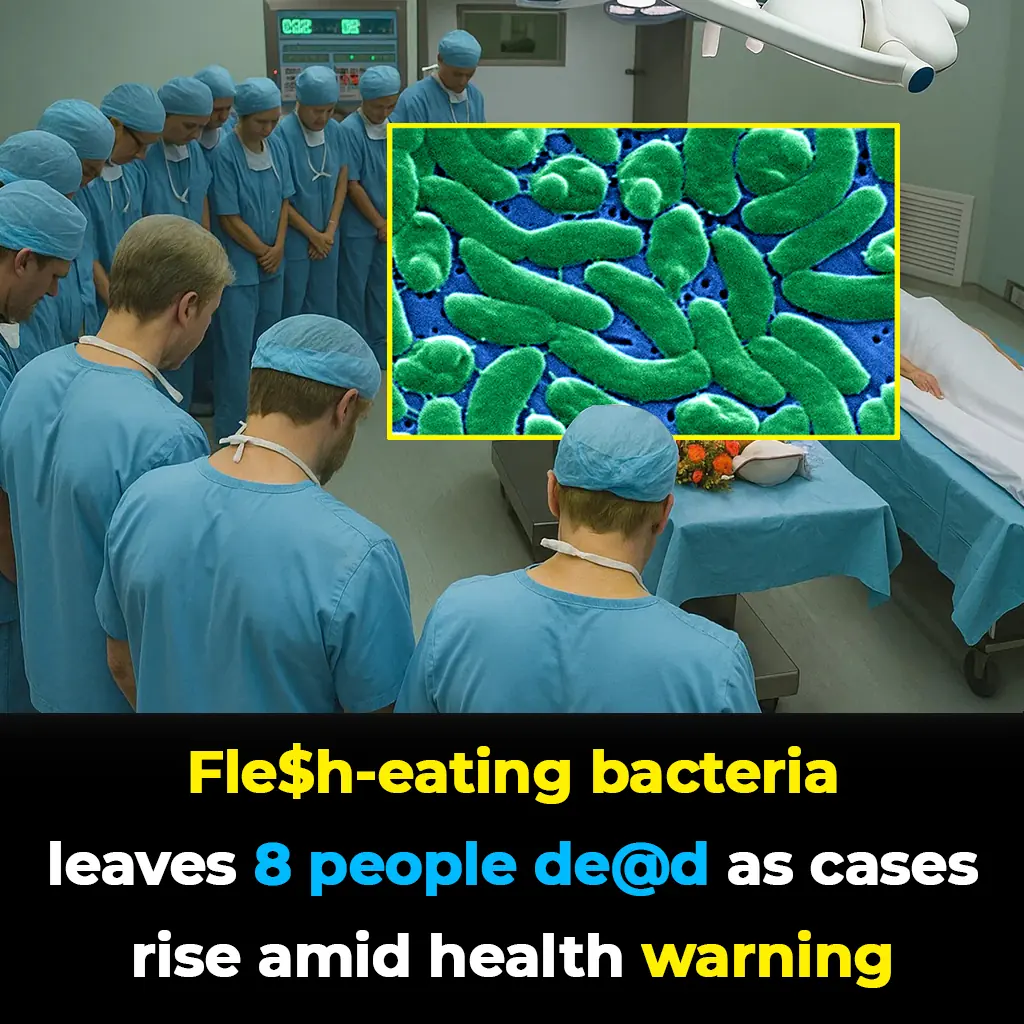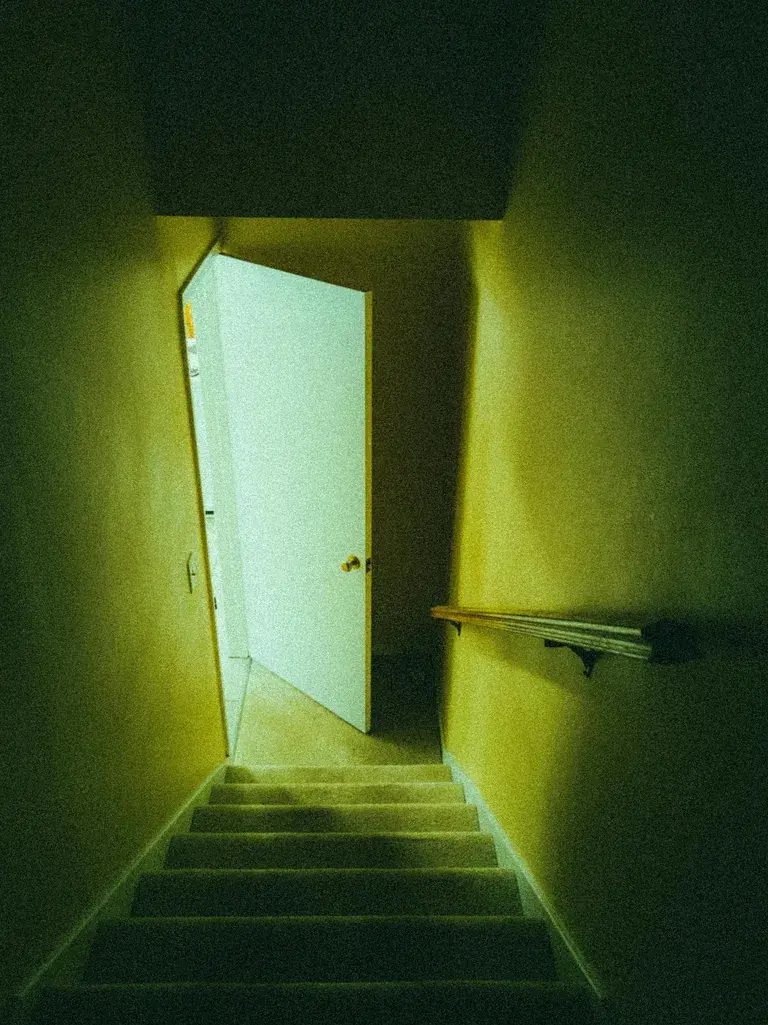Changes in bowel movements can sometimes be an early red flag for colon cancer, even when other symptoms seem absent. Understanding what’s normal — and what isn’t — could make all the difference in getting timely help.
Changes in stool - including unexpected blood, unusual shape, or altered frequency - can sometimes signal colon cancer. People with this condition may also experience abdominal pain, cramping, or other digestive issues. However, it’s important to remember that these symptoms don’t always point to cancer; they can also be linked to other gastrointestinal disorders. In some cases, patients with colon cancer may not show any symptoms at all, and their stools may appear perfectly normal.
This article will guide you through the connection between colon cancer and bowel movements, the subtle warning signs to watch for, and the steps you should take if you suspect something might be wrong.

Colon Cancer and Early Stool Changes
One of the earliest indicators of colon cancer can be a noticeable change in bowel movements. Stools linked to colon cancer often appear thinner than usual and may differ in color or texture. Unexplained changes in stool consistency or pattern - especially if persistent or worsening - should raise concern more than most other symptoms.
Early, mild signs can include:
- Narrow “pencil” stools: Caused by the narrowing of the intestinal passage as a tumor develops.
- Pain during bowel movements (dyschezia): Often linked to rectal cancer.
- A persistent feeling of incomplete emptying (tenesmus): Common in early-stage rectal cancer.
- Rectal bleeding: Can present as bright red blood if near the rectum or darker if higher up in the colon.
- Abdominal pain: Triggered when localized inflammation activates visceral pain receptors.
- Fatigue: Often the result of intestinal bleeding, reduced red blood cells, and anemia.

P:oop Changes in Regional (Stage 3) Colon Cancer
By stage 3, colon cancer may have spread to nearby lymph nodes, with the tumor penetrating deeper into intestinal tissues. The narrowing of the intestinal tract - called the lumen - often makes changes in stool more noticeable.
Additional symptoms in this stage may include:
- Chronic constipation: Caused by partial obstruction.
- Diarrhea: From fluid bypassing the obstruction.
- Alternating constipation and diarrhea: A hallmark sign of obstruction.
- Blood in stool (hematochezia): Bright red when near the rectum, maroon or dark red if higher up.
- Tenesmus: Due to ongoing inflammation and irritation.
- Bloating and cramping: From trapped gas caused by obstruction.
- Iron-deficiency anemia symptoms: Present in nearly half of colon cancer cases.
At this stage, scar tissue and strictures may cause partial or complete bowel blockage. Bleeding may also be more severe, even if not clearly visible in the stool.
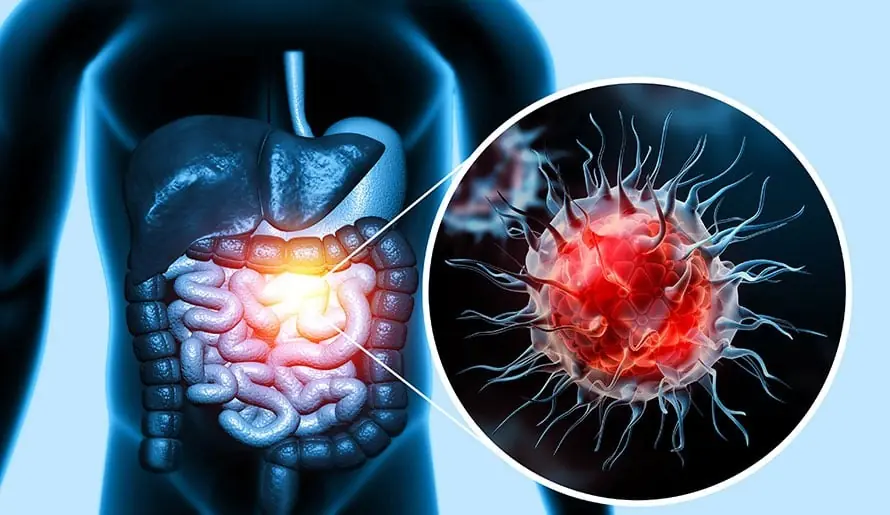
P:oop Changes in Advanced (Stage 4) Colon Cancer
In stage 4, cancer has typically spread to distant organs such as the liver, bones, or lungs. Intestinal blockage and bleeding often become more severe, and stool appearance may change significantly.
- Thick, dark, tar-like stool (melena): Often seen in right-sided colon cancer, caused by the breakdown of blood during its slow passage through the digestive tract.
- Nausea and vomiting: From severe intestinal blockage.
- Unexplained weight loss: Triggered by systemic inflammation, muscle wasting, and appetite loss.
In rare cases, bowel perforation can occur when weakened intestinal walls rupture. When cancer spreads, symptoms from affected organs may appear, but surprisingly, some patients remain symptom-free if no obstruction, perforation, or bleeding is present.
